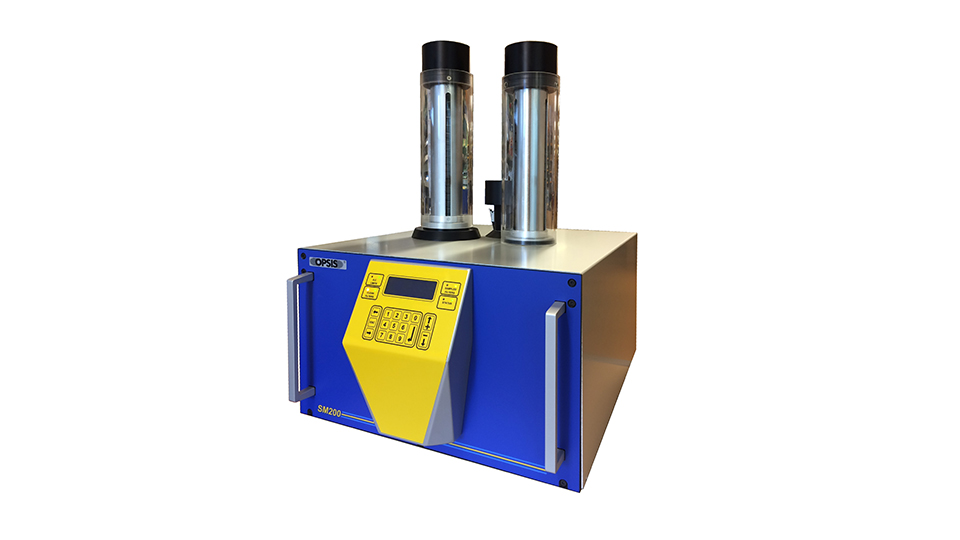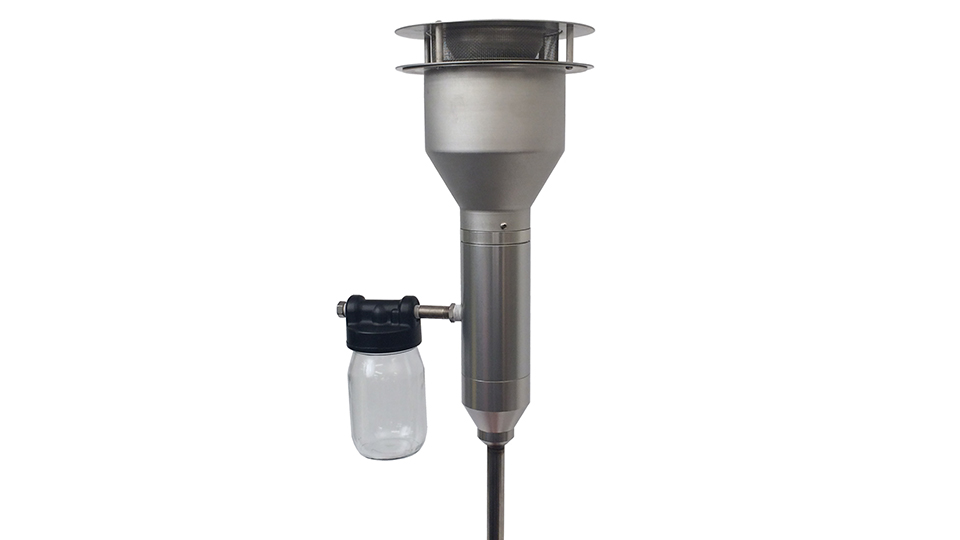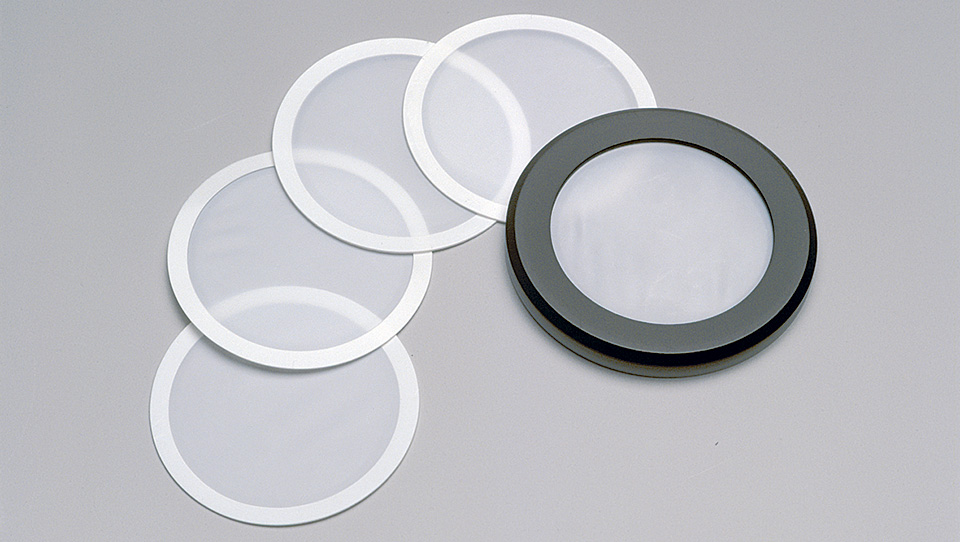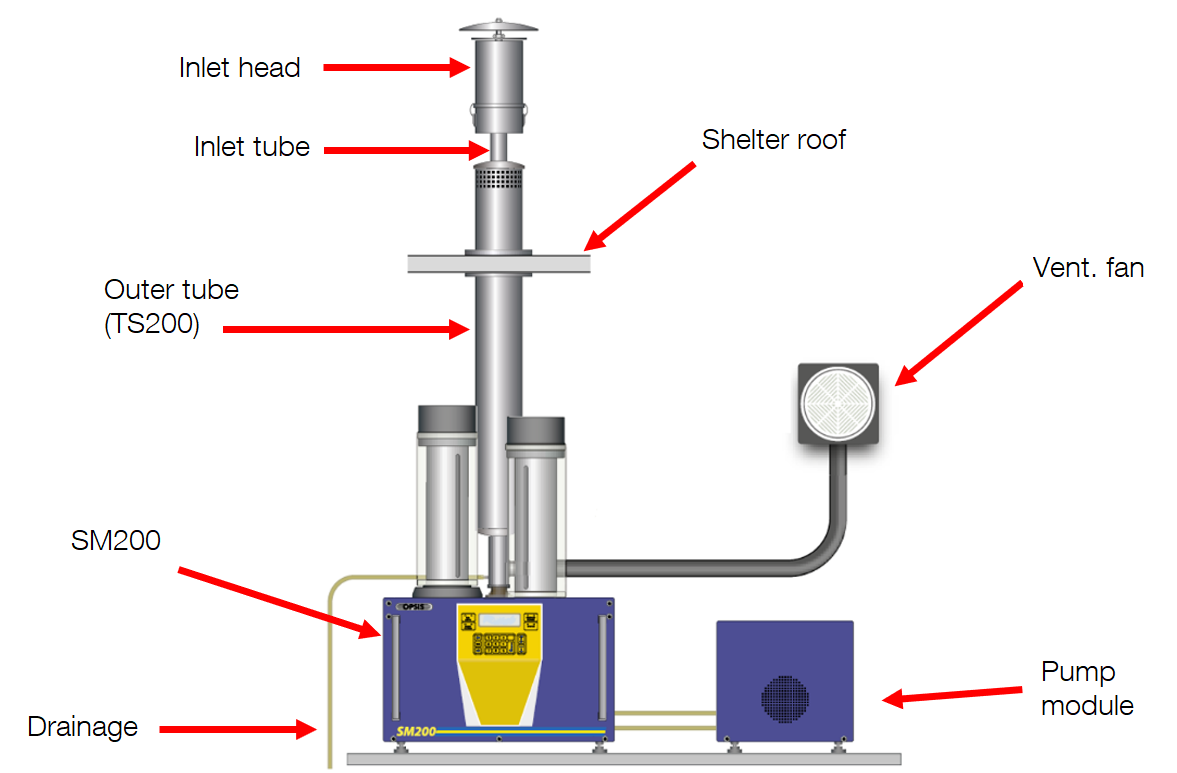SM200 captures and monitors particles in the air
The OPSIS particle monitor SM200 automatically monitors the particle concentration in the ambient air. At the same time, it saves samples of the particles for manual analysis of, for example, airborne heavy metals.
HOW THE SM200 WORKS
Particle concentrations are monitored in particle fractions, the most common being PM10 and PM2.5. The numbers indicate the upper limit of the average diameter of particles allowed to be included in the measurement result. In the SM200, the design of the inlet head determines which particle fraction is monitored. Whether you choose to measure PM10 or PM2.5, the monitor then works in the same way.
The sampled air from the inlet head passes through a 47 mm filter made of Teflon, glass fibre, or cellulose. During sampling, the particles accumulate on the filter. Limit values for PM concentrations exist for example as daily averages, in which case the filter is exposed to the air stream for one day (minus a shorter period for automated filter replacement), but it is possible to sample for both shorter and longer periods.
After sampling, the weight of the particles collected on the filter is measured using the beta absorption method. The weight combined with the total volume of air passing through the filter during sampling gives the average particle concentration over the sampling period.

INLET HEAD
An inlet head consists of a system of tubes that forces the air flowing through it to change direction. During the change, heavier particles in the air are deposited on surfaces inside the head. The tubes are carefully sized and positioned to allow only the desired particle fraction to pass through. The surfaces need to be cleaned regularly, how often depends on the particle levels in the ambient air.
OPSIS offers both European and U.S. EPA standard inlet heads, and both standardized 1.0 and 2.3 cubic metres per hour flow rates. There are also inlet heads without particle fraction separation, so-called TSP heads.

THE FILTERS ARE PRESERVED FOR FURTHER ANALYSIS
The exposed filters are preserved after sampling, allowing subsequent laboratory analysis of the specific composition of the particles. This can, for example, reveal information about airborne metals such as lead, cadmium and nickel.
The filter container of the SM200 holds up to 40 filters. The filters are changed automatically and with a sampling period of 24 hours, the SM200 can accordingly operate without maintenance for just over a month.

EASY TO INTEGRATE INTO MODERN MONITORING STATIONS
The OPSIS SM200 particle monitor is often combined with OPSIS gas analysers and other sensors to create a complete air quality monitoring station, but it can also be used stand-alone.
The SM200 can be remotely controlled and is easy to integrate. Automatic quality assurance procedures ensure accurate and precise measurements. The particle counter can also be equipped with a light scattering meter, allowing real-time monitoring of particle concentrations. It is also available in a version for monitoring air stability (inversion) by detecting the accumulation of radon daughters in the ambient air.

TESTED AND APPROVED
The OPSIS particle monitor has been tested and approved by several international test institutes and national authorities, including the U.S. EPA and the German TÜV.

BLOGS ABOUT OUR PRODUCTS
On our blog you can read more about our air quality monitoring products, for example
Inside the Particulate Monitor - Filter Samplers
Air Quality Monitoring in the EU - What, Where, and How?
What is the Difference between a PM2.5 Monitor and a PM10 Monitor?


